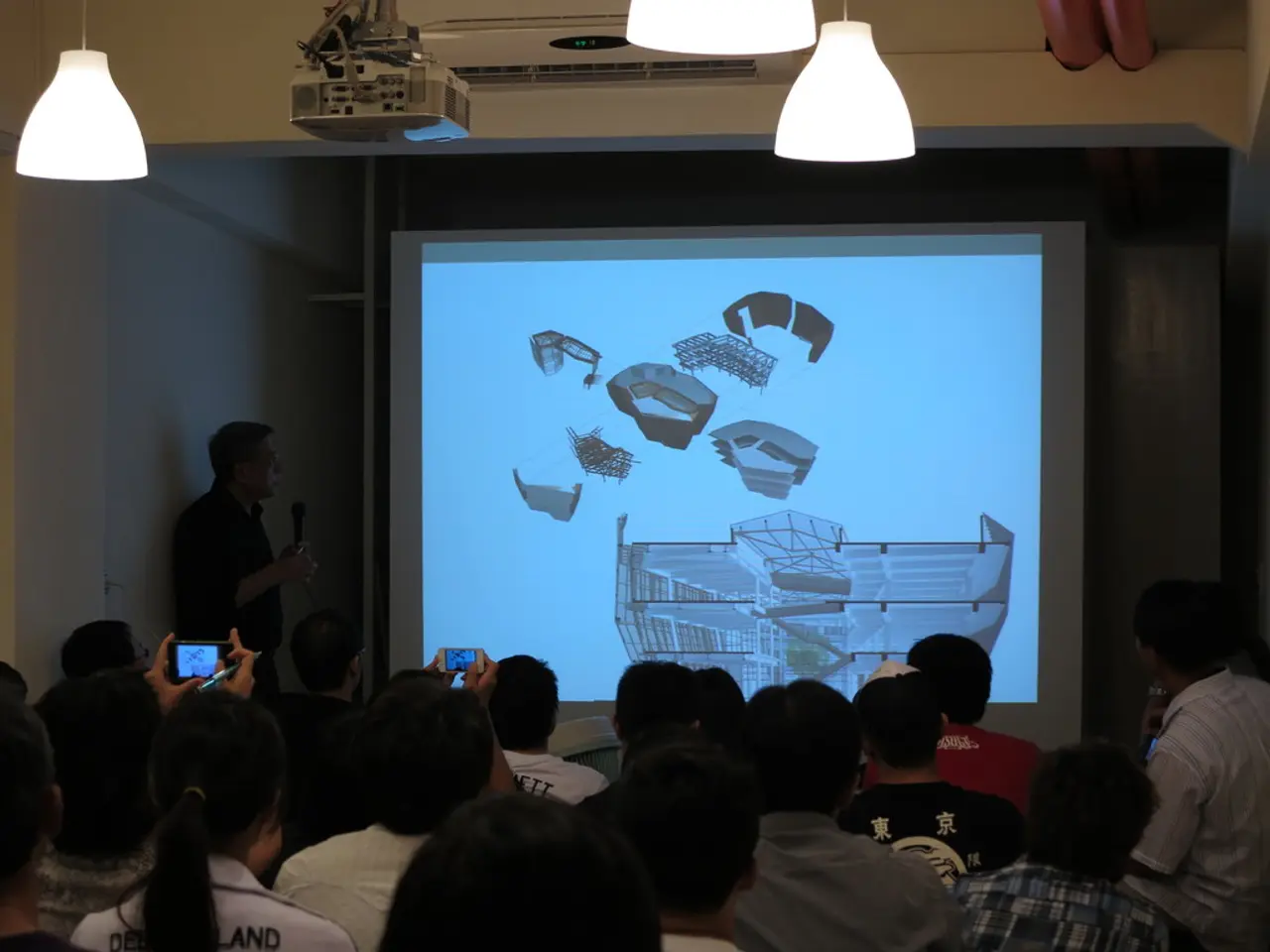ViewSonic's Stealthy Ascension in India's Projector and Display Sector
ViewSonic, a global leader in display technology, has been making significant strides in the Indian market. The company, which started with CRT monitors and transitioned to LCDs and LEDs, is now venturing into the compact and portable M1 Max projector, blurring the line between tech and décor.
The company's Research and Development team in Bengaluru has been instrumental in developing features that cater to the realities of the Indian classroom. These include a content filter that only pulls relevant content and tools that support Hindi and English interchangeably. ViewSonic anticipates trends and entered the panel market before the pandemic made them essential.
Urban buyers in India are rediscovering projectors as a more affordable and space-saving alternative to large TVs for cinematic experiences in smaller apartments. This shift in consumer behaviour, coupled with ViewSonic's steady focus on education and corporate demand, has propelled the company's growth in the Indian market, making it one of ViewSonic's biggest markets after the US and Europe.
Local production in India is a long-term imperative due to import duties and GST. ViewSonic is serious about investing in India and plans to produce more products locally in the coming years. The company has already begun manufacturing panels and non-touch displays in India, with projectors next on the horizon.
ViewSonic sees displays as part of people's lives, whether in classrooms, conference rooms, or living rooms. The company's software suite, myViewBoard, generates lesson materials, PPTs, PDFs, or curated YouTube videos based on a teacher's input, and it includes features that support multiple languages and integrate with Google Drive.
Muneer Ahmed, Vice President of Sales and Marketing - AV Business at ViewSonic, stated that the company was in the 14th place in projectors eight to ten years ago and is now number three. In interactive flat panels, ViewSonic has been number one in India since 2020. The company began bundling its panels with software around 2016-17, which proved critical as the demand for AI-assisted lesson planners, interactive whiteboards, and secure content platforms increased when classrooms and offices migrated online due to the COVID-19 pandemic.
Technology advancements in projectors have improved lamp lifespans, shrunk chip sizes, and made designs sleeker, with software integrations that make them feel more like living-room natives. ViewSonic is betting on projectors as Indian consumers begin craving cinema-scale screens at home. However, mainstream adoption remains limited, with projectors starting to compete with TVs in urban homes.
The home-theatre market is growing, but it is still in its nascent stages. Ahmed stated that the market is growing, but mainstream adoption remains limited. Despite this, ViewSonic remains optimistic about the potential of the Indian market and its commitment to investing in India.
The tariff system for panels in India rewards companies for moving from semi-knockdown kits to fully component-level assembly. This incentive, coupled with ViewSonic's focus on local production, positions the company well for continued growth in the Indian market. ViewSonic's growth in India is not just about headline-grabbing products, but about timing, adaptation, and a steady focus on education and corporate demand.
Read also:
- Understanding Hemorrhagic Gastroenteritis: Key Facts
- Stopping Osteoporosis Treatment: Timeline Considerations
- Trump's Policies: Tariffs, AI, Surveillance, and Possible Martial Law
- Expanded Community Health Involvement by CK Birla Hospitals, Jaipur, Maintained Through Consistent Outreach Programs Across Rajasthan







